
QI Essentials: Shaping our future
7th May 2020
The last few weeks has demonstrated how incredibly dedicated and adaptable we can be, as citizens, service users and workers within the healthcare system. In responding to the enormity of the covid-19 challenge, the speed with which services and staff have changed and prepared has been quite breathtaking. Of course, the urgency of the situation meant that this immediate response to the pandemic led to quick decisions and implementation, often in a command-and-control structure without consultation and co-design with staff and service users to the extent that we would normally wish.
Every single service at East London NHS FT has changed in the way it operates, from clinical services to corporate services to the executive team. Over the last few weeks, as the pace of changes settled a little, we began to start the process of capturing the changes that had taken place and to systematically consider the impact of these changes.

To help with this, a simple one-page quality impact assessment was developed – asking simple questions about the changes that had taken place (what had stopped, what had increased, what had changed) what potential impact these changes may have had (both positive and negative), and what data might help us recognise this impact. [click here to download the ELFT quality impact assessment tool]
This first step of simply capturing and logging the immense scale of change and potential impact has been important, and taken several weeks to fully complete. However, this is still largely a paper exercise that needs to inform a much broader and more open conversation. As we move beyond this initial phase, we have an opportunity to truly rethink the nature and model of services in order to better meet the need of our local communities.
There have been some lightning fast innovations during the last six weeks that we would want to hold onto, using a proper mechanism to implement and sustain these changes into routine operations. There are also some old practices that we’ve stopped, and wouldn’t want to go back to, either because they never added much value or we have found better ways to meet the need. There have probably been some interventions we put in place temporarily due to the crisis that we can think about stopping, and we can all think of some aspects of previous service delivery that we’re not able to provide now, but would want to bring back because they provide immense value from the perspective of the service user.
Using a simple 2 x 2 grid, like the one below developed by the RSA, is part of our second stage of ‘shaping our future’ – helping our teams sense-make from all the recent changes and decide what actions to take next to determine our future.
The profound impact on healthcare and society from the pandemic is likely to impact us in multiple ways. Restrictions on movement and service provision during the outbreak are likely to lead to increased demand as the restrictions ease and services begin operating again. Continuing social distancing will mean having to rethink how we operate services – both in terms of patient proximity in waiting rooms and clinical spaces, but also staffing rotas and working arrangements. Interruptions to chronic disease management are likely to lead to effects on morbidity and mortality in the medium term. And the longer term effects on society, through loss of income, housing and increase in mental illness, will likely lead to increased demand on health and social care over time.
Proactively planning for these scenarios at service-level will be key to enabling us to prepare and remain adaptable over the coming months in a highly unpredictable situation. We have developed a simple scenario planning tool to support our services with this [click here]:
But the greatest opportunity, perhaps a once-in-a-generation opportunity, is to really rethink our models of service provision and redesign these almost from scratch, wrapping around what really matters to our service users and the population we serve. We are trying to apply our core principles of improvement and people participation to this critical work, co-designing what our future service needs to look like with staff and service users across all areas of our organisation. We are also trying to apply our learning about the triple aim – starting by understanding our population and the inequalities that exist, and in some ways have been exacerbated by the pandemic, in thinking about what our services need to provide, and integrating quality, performance, and value alongside population health in an approach to redesign [click here to download the ELFT framework for shaping our future]. Through virtual workshops, we aim to facilitate an open, honest discussion between staff and service users to see if we can truly rethink how our services need to look in the future, building on the innovation from the last few weeks, but trying to really challenge traditional thinking and focus on how we can support people with what matters most to them.
Amidst all the loss, grief, isolation and difficulties that we’re experiencing right now, this represents a glimmer of excitement and hope that we can turn unprecedented adversity into true opportunity to improve quality of life for those we serve.
[wc_divider style=”dashed” line=”double” margin_top=”” margin_bottom=”” class=””][/wc_divider]
Most Read Stories
-
Why is Quality Control important?
18th July 2018
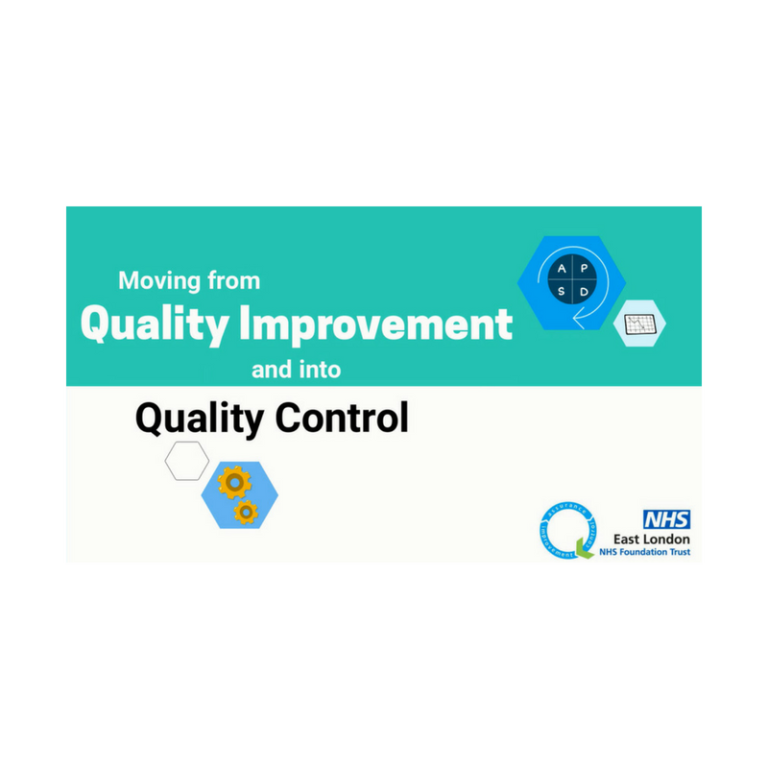
-
An Illustrated Guide to Quality Improvement
20th May 2019
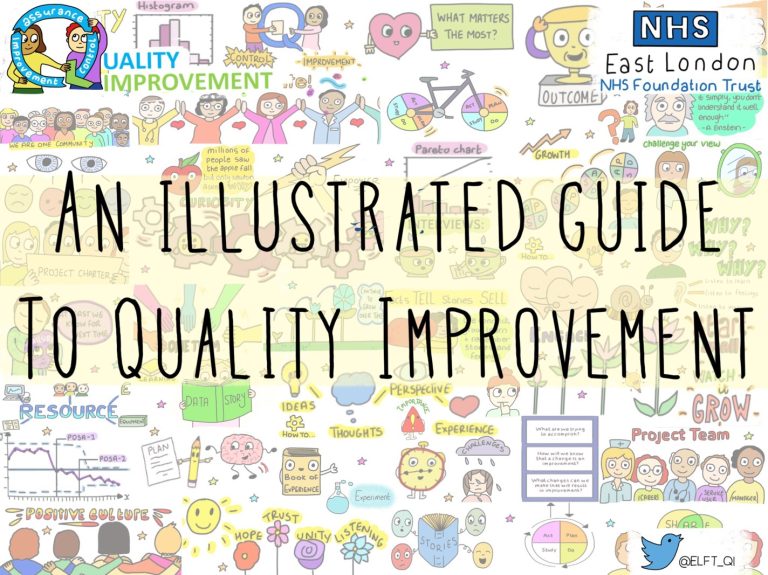
-
2016 QI Conference Poster Presentations
22nd March 2016
-
Recognising Racism: Using QI to Help Take Action
21st January 2021
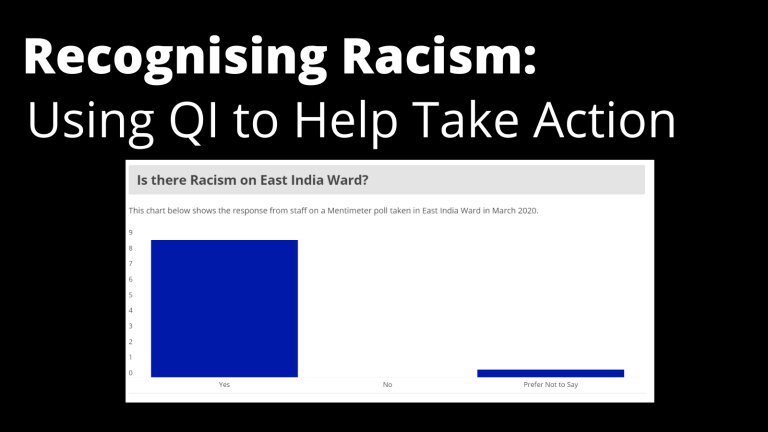
-
Using data enabled us to understand our problem
31st March 2023
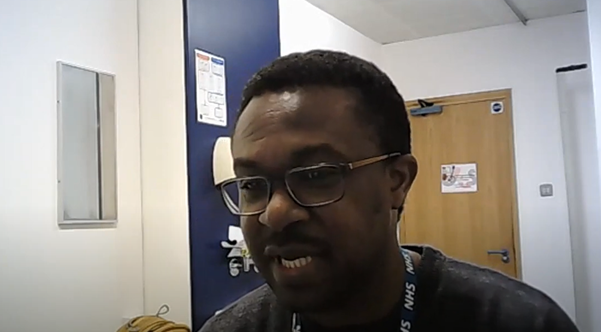
-
QI Essentials: What does a Chief Quality Officer do?
18th March 2019

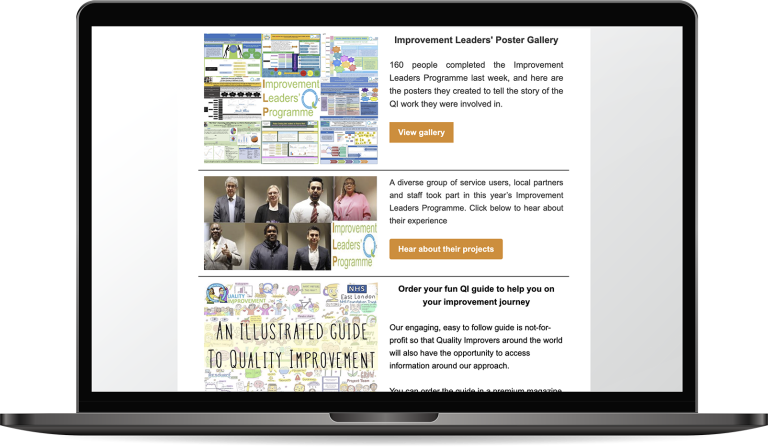
Follow QI on social media
To keep up to date on the latest concerning QI at ELFT, follow us on our socials.






